Imagine standing on a quiet shoreline as dawn breaks, only to hear the panicked cries of dolphins echoing across the water. It’s a chilling sound—one that’s haunted activists, scientists, and animal lovers for decades. Despite the world watching, dolphin hunts persist in some corners of the globe, leaving many to wonder: how can this ancient, controversial practice still exist in our modern, supposedly compassionate world? The answer is tangled in tradition, economics, politics, and the stubborn resilience of cultural identity. Let’s dive beneath the surface and unravel the story of dolphin hunting—a story that’s both heart-wrenching and eye-opening.
The Long History of Dolphin Hunting
Dolphin hunting is not a new phenomenon. Some coastal communities have practiced it for centuries, passing down techniques and rituals from generation to generation. In places like Taiji, Japan, and the Faroe Islands, dolphin hunts are woven into the cultural fabric, seen by some locals as a rite of passage and a source of communal pride. These hunts were originally about survival, providing a valuable source of food and materials before modern supply chains existed. Over time, however, what began as a necessity evolved into a contentious tradition, increasingly at odds with modern conservation ideals. The deep roots of these practices make them particularly hard to challenge or change, even in the face of global outrage.
Cultural Significance Versus Global Outcry
For many who participate in dolphin hunts, the act is more than just hunting—it’s a link to ancestry and identity. Festivals, ceremonies, and communal meals often accompany the events, reinforcing the sense of belonging. Yet, these deeply held beliefs collide with international condemnation, as animal welfare advocates vividly describe the suffering endured by captured dolphins. The contrast between local pride and global protest creates a powerful, often emotional, standoff. The world’s spotlight can feel intrusive to those defending their culture, fueling resentment and resistance to change. It’s a battle of values, with each side convinced of the righteousness of their cause.
The Role of Economics in Dolphin Hunting
While culture matters, money talks. In some regions, dolphin hunting brings in significant revenue, both from the sale of meat and, more recently, from live dolphins sold to aquariums and marine parks worldwide. The price for a single live dolphin can soar into the tens of thousands of dollars. For small fishing towns struggling with economic hardship, this market offers a powerful incentive to keep the hunts alive. Critics argue that the economic benefits are exaggerated and serve only a small segment of the population, but for those on the ground, it can mean the difference between scraping by and financial stability. The economic web is complex, pulling in international buyers, local fishermen, and even governments.
International Laws and Treaties: Where Do Dolphins Stand?
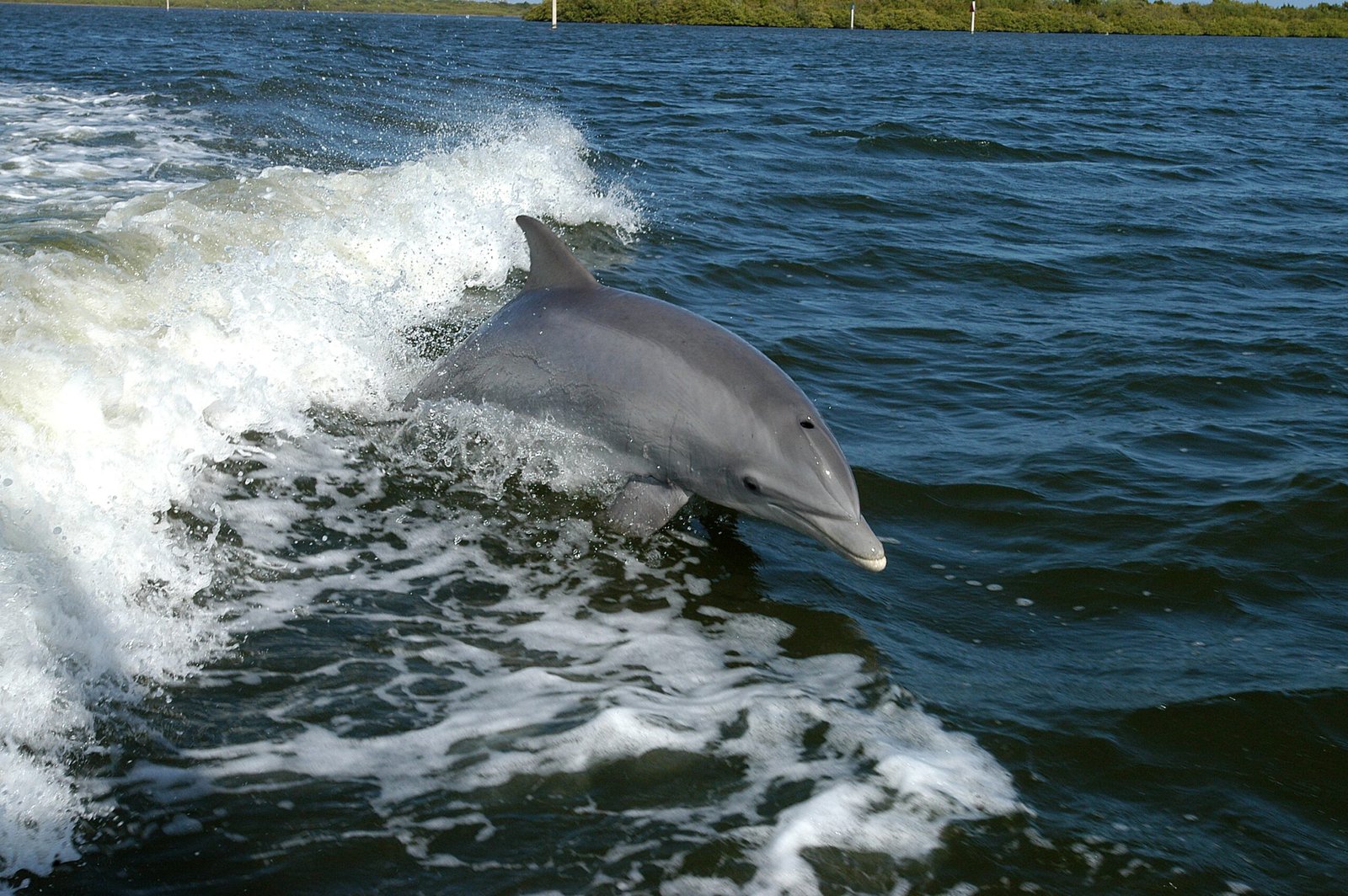
When it comes to protecting dolphins, international law is a patchwork rather than a fortress. The Convention on International Trade in Endangered Species (CITES) offers some protection against the trade in certain dolphin species, but not all. The International Whaling Commission (IWC) primarily focuses on whales, leaving dolphins in a legal gray area. Some countries have signed treaties to protect dolphins, but enforcement is inconsistent and penalties are often weak. This loophole-riddled landscape allows dolphin hunts to slip through the cracks, frustrating activists and emboldening those seeking to maintain the status quo. The law, it seems, is often a step behind.
Shocking Slaughter: The Reality of the Hunts
The images from dolphin hunts can be gut-wrenching. Blood-red water, frightened animals herded into shallow coves, and the chaotic frenzy of capture and killing have made headlines and fueled protests worldwide. These scenes are not only emotionally devastating but also raise serious ethical questions about animal suffering and humanity’s relationship to the ocean. Scientific studies have shown that dolphins are highly intelligent and social creatures, capable of complex emotions and communication. Witnessing their distress during hunts has galvanized a global movement, sparking everything from viral documentaries to celebrity activism. The emotional power of these images is hard to ignore.
Scientific Voices: What Do Marine Biologists Say?
Marine biologists have long warned that dolphin hunts threaten not just individual animals but entire populations. Dolphins are slow to reproduce and often live in tight-knit family groups, so the removal of even a few individuals can disrupt social structures and genetic diversity. Scientists have documented declines in local dolphin populations in areas with regular hunts, raising alarms about long-term sustainability. Moreover, researchers emphasize the cognitive and emotional complexity of dolphins, arguing that their suffering during hunts is both profound and unnecessary. These scientific findings add weight to the ethical arguments against dolphin hunting and inspire new conservation strategies.
Hidden Dangers: Mercury and Public Health
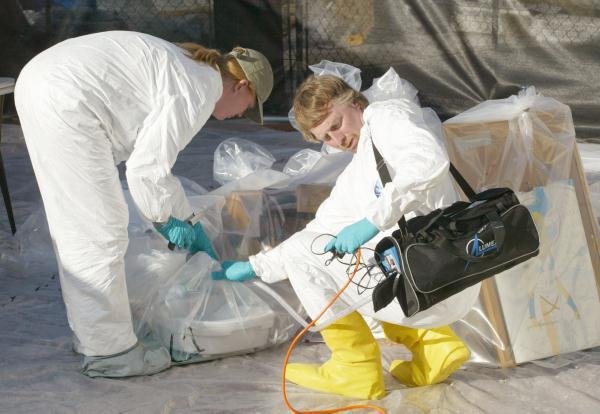
Eating dolphin meat carries risks that many people never consider. Dolphins, as apex predators, accumulate high levels of mercury and other toxins in their bodies. Studies have shown that communities consuming dolphin meat regularly face increased health risks, including neurological disorders and developmental problems in children. Some local governments have issued warnings, but these are not always heeded, especially where tradition runs deep. The health dangers add another layer of complexity to the debate, pitting cultural practices against urgent public health concerns. It’s a reminder that the consequences of dolphin hunting ripple far beyond the ocean.
The Specter of Bycatch: Unintended Victims
Dolphin hunting often goes hand in hand with other fishing practices that unintentionally trap and kill dolphins. Known as bycatch, this collateral damage can be just as devastating as targeted hunts. Large fishing nets meant for tuna or other species frequently ensnare dolphins, leading to injury or death. Some countries have made efforts to reduce bycatch through new technologies or fishing restrictions, but the problem persists. Bycatch highlights the broader challenges of managing human impacts on marine life and underscores the interconnectedness of ocean ecosystems. It’s an issue that’s easy to overlook but impossible to ignore for anyone who cares about the sea.
Protests and Activism: Voices for the Voiceless
Activists have mounted relentless campaigns to end dolphin hunting, using everything from social media blitzes to dramatic on-the-ground interventions. Groups like Sea Shepherd and Ric O’Barry’s Dolphin Project have become household names, staging protests in hunting hotspots and documenting abuses for the world to see. These efforts have drawn celebrities, politicians, and everyday people into the cause, creating a powerful chorus demanding change. Yet, activists often face hostility and legal challenges in the countries where hunts persist, accused of disrespecting local culture or breaking the law. The clash between activism and tradition is as fierce as ever.
The Power of Documentary Filmmaking
Documentaries like “The Cove” have brought the brutal reality of dolphin hunting into living rooms around the globe. With hidden cameras and gripping storytelling, these films have inspired outrage, empathy, and action. They’ve helped shine a light on practices that many would prefer to keep hidden, turning local issues into global causes. The emotional impact of seeing suffering firsthand can be transformative, moving viewers from passive concern to active involvement. More than just entertainment, these documentaries are weapons in the fight for animal rights, wielding the power of truth and empathy.
Government Responses: Caught in the Middle
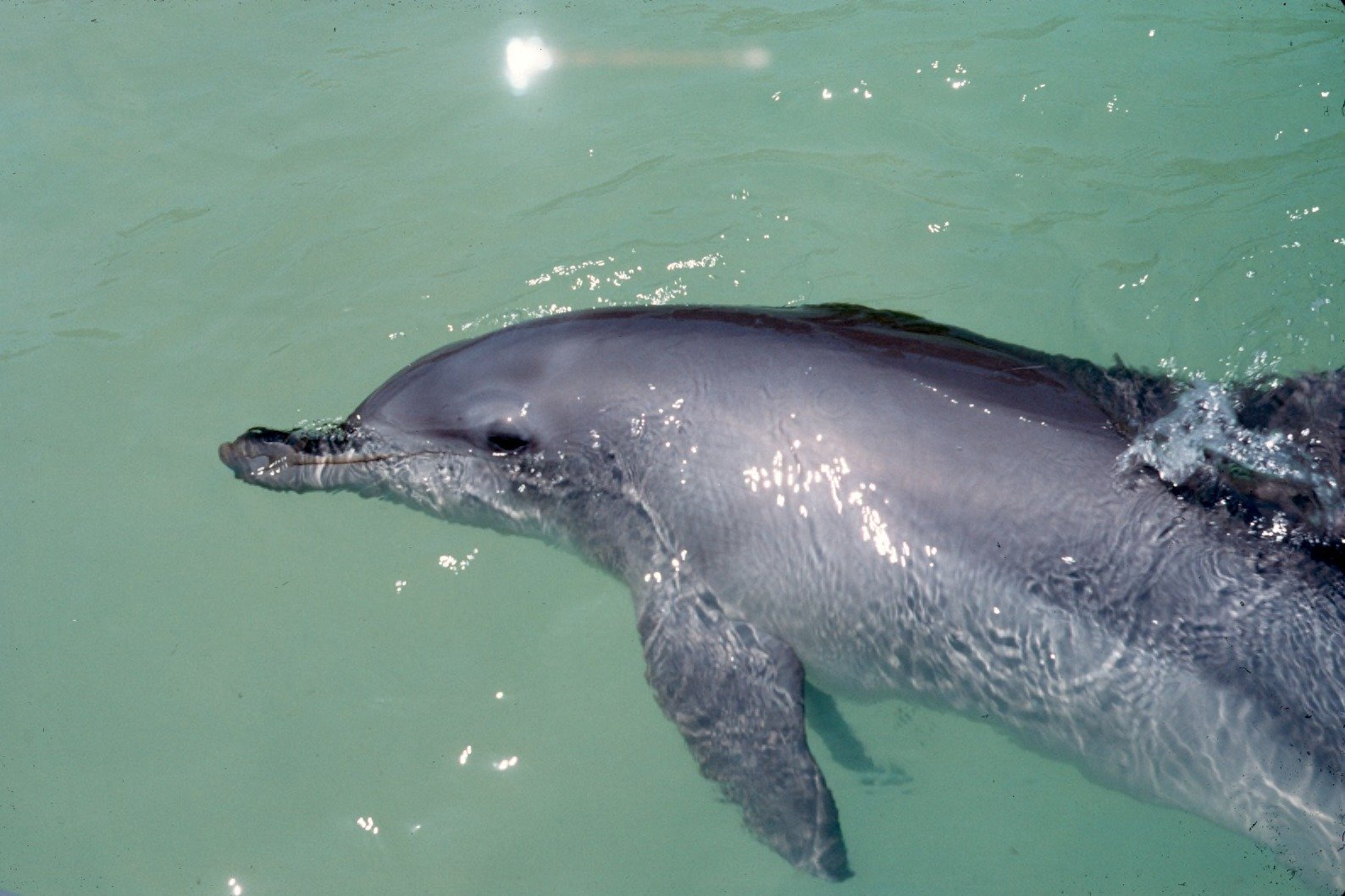
Governments in dolphin-hunting regions face a tricky balancing act. On one hand, they must respond to international criticism and the threat of sanctions or boycotts. On the other, they’re under pressure from local communities to protect jobs and traditions. Some governments have tried to find middle ground, introducing regulations to limit the number of dolphins killed or improve animal welfare during hunts. Others have doubled down, defending the hunts as legal and culturally significant. The result is a patchwork of policies—some progressive, some regressive—that reflect the deep divisions at the heart of the issue.
Tourism: A Double-Edged Sword
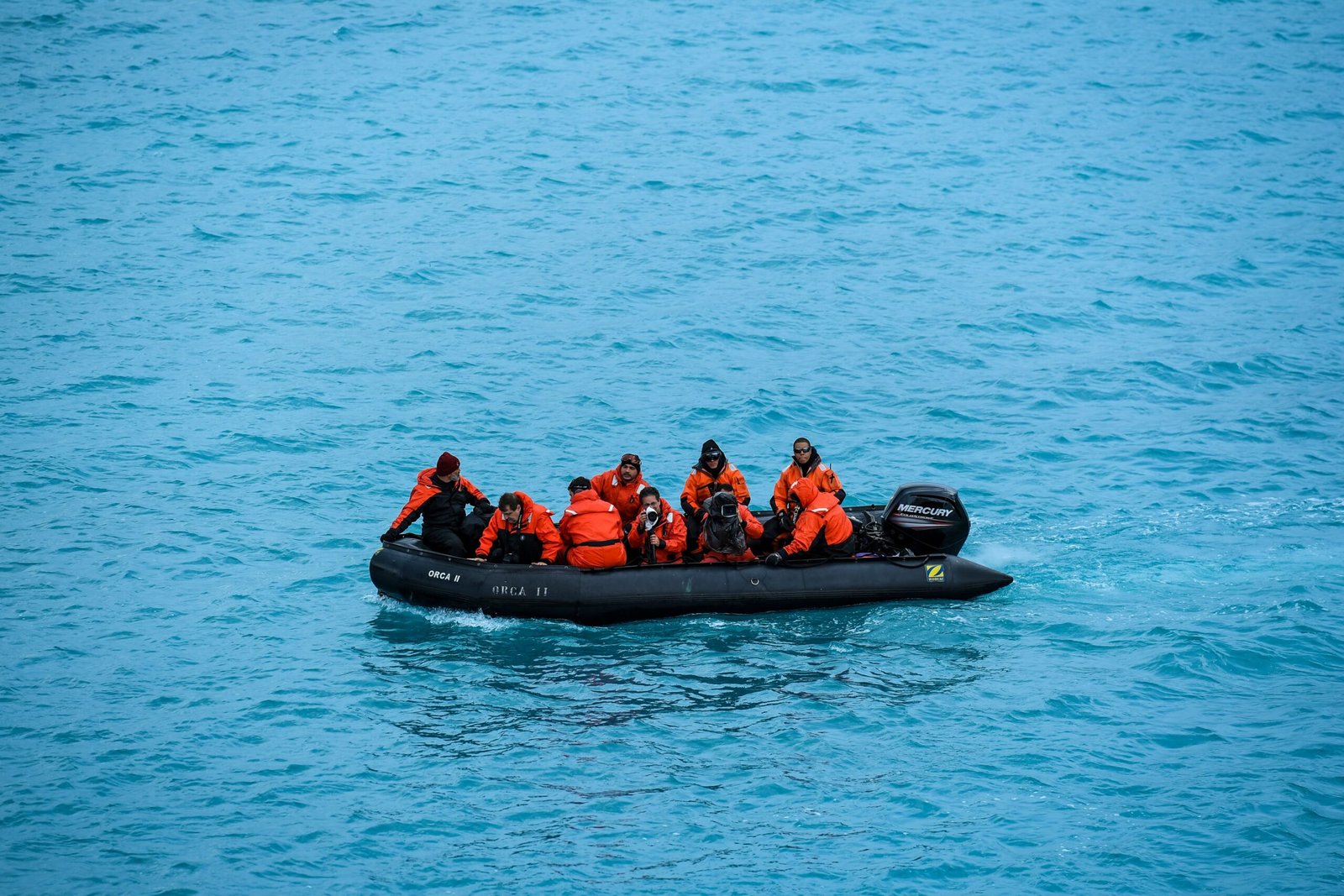
Tourism can be both a blessing and a curse for regions involved in dolphin hunting. On one hand, whale- and dolphin-watching tours bring in much-needed revenue and can help build appreciation for living animals. On the other, bad publicity from dolphin hunts can scare off tourists, harming the broader economy. Some communities have begun to pivot, investing in ecotourism as an alternative to hunting. The transition isn’t always easy, but it offers hope that economic incentives can align with conservation goals. The rise of responsible tourism is helping shift the narrative—but not everywhere, and not fast enough.
Changing Tides: Shifts in Public Opinion
Public attitudes toward dolphin hunting are slowly evolving, even in traditional strongholds. Younger generations, exposed to global media and new ideas, are often less supportive of the hunts than their elders. Education campaigns about animal welfare and environmental sustainability are making inroads, challenging old assumptions. Social media has given a voice to local dissenters, empowering those who want change but fear speaking out. These subtle shifts in opinion may not make headlines, but they’re quietly eroding the foundations of the practice. Change is often slow and uneven, but it’s happening.
Technological Advances: Hope for Dolphins?
Technology is playing a growing role in the fight against dolphin hunting. Drones, satellite tracking, and DNA analysis are helping scientists monitor populations and expose illegal activities. New fishing gear designed to reduce bycatch is slowly gaining traction, although it’s not a silver bullet. Activists use encrypted messaging and live-streaming to coordinate efforts and broadcast abuses in real time. While technology can’t solve every problem, it’s tilting the playing field, making it harder for harmful practices to go unnoticed. The digital age is giving dolphins a new kind of defender—one armed with data and determination.
Legal Loopholes and Enforcement Challenges
Even where laws exist to protect dolphins, enforcement is often weak. Corruption, lack of resources, and political pressure can all undermine efforts to stop illegal or excessive hunting. In some cases, local authorities turn a blind eye, prioritizing economic or political interests over animal welfare. International organizations may issue warnings or sanctions, but these are not always effective. The gap between what’s written on paper and what happens in practice is often wide, leaving dolphins vulnerable. Closing these loopholes will require more transparency, stronger institutions, and sustained international attention.
Captivity: The Dark Side of the Live Dolphin Trade
Many of the dolphins captured in hunts are sold to marine parks and aquariums, where they spend their lives performing for crowds. While some facilities claim to support conservation and education, critics argue that captivity is cruel and unnecessary for such intelligent, social animals. Scientific studies have shown that dolphins in captivity often suffer from stress, illness, and shortened lifespans. The lucrative live dolphin trade creates a financial incentive to keep the hunts going, even as public opinion shifts. The debate over captivity is fierce, with passionate voices on both sides, but the tide may be turning as more people reject animal entertainment.
International Pressure: Sanctions, Boycotts, and Diplomacy

Countries that allow dolphin hunting have come under increasing international pressure. Trade sanctions, tourism boycotts, and diplomatic efforts are all tools used to push for change. These measures can be effective, especially when they threaten vital economic interests. Yet, they can also backfire, hardening local resistance and fueling nationalist sentiment. The effectiveness of international pressure depends on careful diplomacy, respect for local concerns, and a willingness to listen as well as demand. The global community faces the challenge of balancing moral outrage with practical solutions that work for everyone.
Local Voices: Stories from the Front Lines
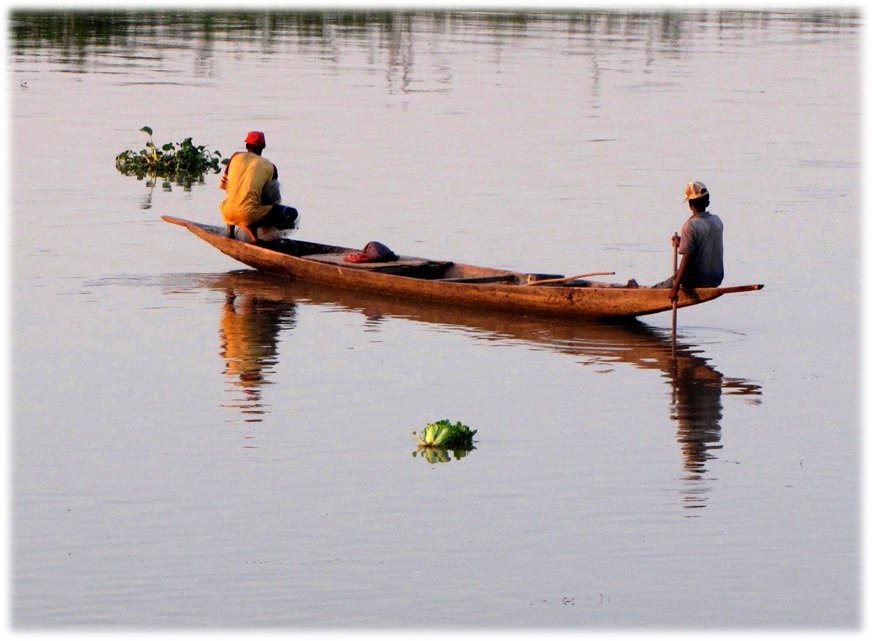
The debate over dolphin hunting is often dominated by outsiders, but local voices matter most. In some communities, former hunters have become advocates for change, sharing their stories and urging others to reconsider old ways. Fishermen talk about the pressures they face, from shrinking catches to international scrutiny. Local activists risk ostracism or worse to speak out against the hunts. Their experiences remind us that change is deeply personal, shaped by family, history, and circumstance. Listening to these voices is essential for finding lasting solutions that respect both people and animals.
Education and Outreach: Planting Seeds for the Future
Education is one of the most powerful tools for change. Programs that teach children about marine biology, conservation, and animal welfare are helping to shift attitudes over time. Outreach efforts by NGOs and local leaders aim to bridge the gap between tradition and modern values, offering alternatives to hunting and new ways to celebrate cultural heritage. These initiatives might not deliver instant results, but they’re planting seeds for a more compassionate relationship with nature. Change, after all, often begins with a single conversation or a moment of understanding.
A Sea of Uncertainty: The Future of Dolphin Hunting
The fate of dolphin hunting hangs in the balance, shaped by forces both local and global. Economic pressures, shifting values, technological advances, and relentless activism all tug at the future. Some communities are moving away from the practice, while others dig in their heels. The story is far from over, and every year brings new twists—unexpected setbacks and surprising victories. The only certainty is that the world is watching, and that the lives of dolphins and the people who hunt them remain intertwined in a dance as old as the sea itself.




